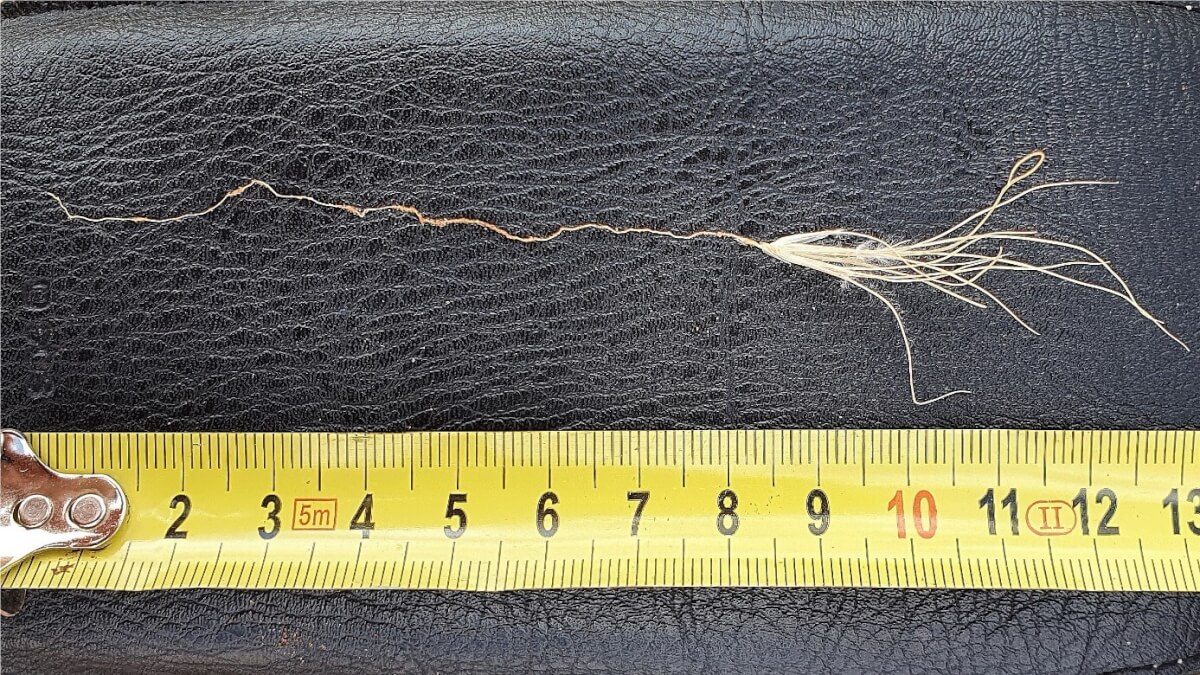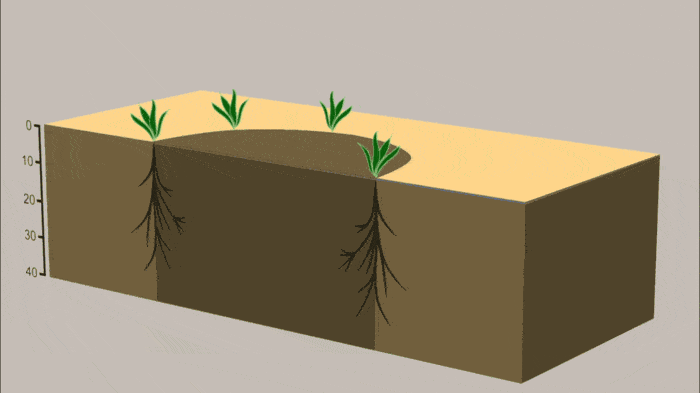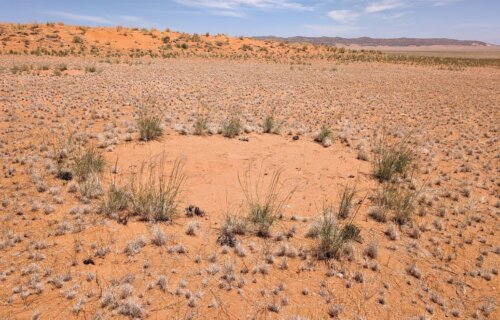GÖTTINGEN, Germany — For decades, the vast grassy plains of Namibia’s Namib Desert have been dotted with bizarre circular patches devoid of any plant life. Known as “fairy circles,” these strange bald spots ranging from two to 15 meters wide have long baffled scientists. Various theories attempted to explain their origins, from the work of insects or subterranean creatures to the aftermath of harmful gases leaking from the earth. The indigenous Himba people even speculated they could be remnants of supernatural forces. Now, a new study may have finally uncovered the secret behind these enigmatic patterns.
According to researchers from the University of Göttingen in Germany and Ben Gurion University in Israel, the fairy circles arise from a vicious cycle between the desert grasses themselves and the arid environment. Their extensive fieldwork found that the topsoil acts as a “death zone” where new seedlings cannot survive for more than a couple of weeks after rainfall.
The research team performed an in-depth investigation into over 500 individual grass plants across four different Namib regions over multiple rainy seasons in 2023 and 2024. They measured root and leaf lengths, analyzed soil moisture, and documented findings with photographs. Their data revealed the surface’s 10 to 12-centimeter topsoil layer was exceptionally prone to drying out rapidly compared to the deeper soil levels.

The topsoil within the fairy circles dried out significantly faster than surrounding areas when grasses were germinating. The young seedlings’ 10 cm roots could not stretch down far enough to reach the moister layers below 20 cm depth. In contrast, the mature perennial grass clumps ringing the fairy circles had well-established deep root systems capable of tapping into that subterranean water supply. After rainfall, their extensive roots rapidly absorbed the surface moisture, leaving the new sprouts in the circles to desiccate.
“With their well-developed root system, these clumps of grass soak up the water particularly well. After the rain, they have a huge competitive advantage over the freshly germinated grasses in the fairy circle. The new grass only loses a small amount of water via transpiration from its small leaves, resulting in insufficient ‘suction power’ to pull new water from deeper soil layers,” explains first author Dr. Stephan Getzin, from Göttingen University’s Ecosystem Modelling Department, in a media release.
The researchers also noted a high mineral concentration in the upper soil layers just after rain, which drew the established grass clumps to favor those top 10-20 cm for water uptake. This exacerbated the drought conditions for seedlings inside the circles. Continuous monitoring showed fairy circle soil moisture only decreased noticeably as the surrounding grass strengthened after rain and soaked it up. Essentially, the circles served as localized water sources depleted by the vegetation outside.

“This is the cause of the death of the new grass in the fairy circle. Continuous soil moisture measurements over several years support this conclusion. This is because the soil water in the fairy circle only decreases noticeably quickly with the strengthening and regrowth of the surrounding grass after rain,” Getzin says.
According to the researchers, this dynamic represents the grasses’ “swarm intelligence” — self-organizing into patterns that maximize their water supply from the sparse desert environment.
“It is a systematic adaptation to a lack of resources in arid regions,” explains Getzin’s colleague Dr. Hezi Yizhaq.
Their work also countered the theory that subterranean termites create the fairy circles by eating new grass roots.
“We show that so far not a single field study with systematic measurement data on the root length of dying grasses has shown that termite feeding on the roots of newly germinated grasses create the Namib fairy circles,” the researchers conclude.
While the name’s origins remain speculative folklore, the reason behind the fairy circles’ formation appears to have been uncovered through this botanical research. The forces creating one of nature’s great mysteries are simply harsh environmental conditions coupled with the grasses’ own intuitive behaviors for survival in the Namibian Desert. What were once thought to be supernatural phenomena have a remarkably pragmatic ecological explanation.
The findings are published in the journal Perspectives in Plant Ecology, Evolution and Systematics.
StudyFinds’ Chris Melore contributed to this report.
